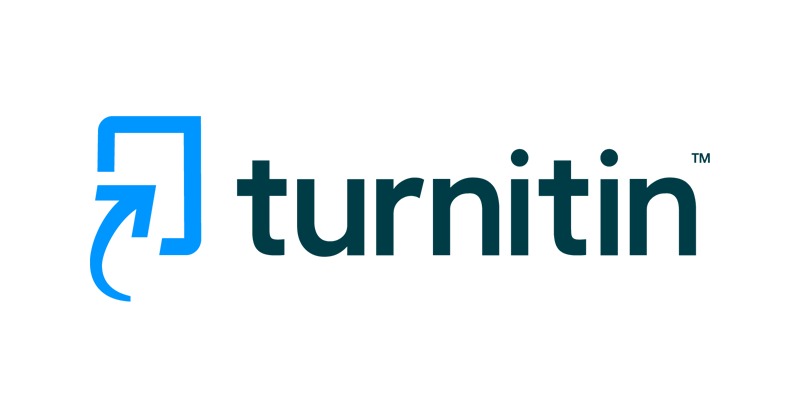Tinjauan atas Angiotensin Receptor Blocker Generasi Baru
DOI:
https://doi.org/10.55175/cdk.v47i8.583Keywords:
Angiotensin Receptor Blocker, antihipertensi, ARBAbstract
Angiotensin receptor blockers (ARB) yang bekerja menghambat reseptor AngII-AT1 secara selektif direkomendasikan sebagai agen antihipertensi lini pertama. Saat ini terdapat 8 varian ARB di pasaran. Selain efek antagonisasinya terhadap AT1, ARB generasi baru memiliki mekanisme tambahan yang dapat menarget hipertensi, penyakit kardiovaskular dan diabetes. ARB generasi baru juga memblokir reseptor endotelin, berfungsi sebagai donor oksida nitrat, menghambat aktivitas neprilysin dan meningkatkan kadar peptida natriuretik, atau merangsang peroxisome proliferator-activated receptor gamma (PPARγ). ARB generasi baru dapat memiliki nilai klinis dan manfaat terapeutik lebih besar daripada hanya melalui penghambatan reseptor AT1.
Angiotensin receptor blockers (ARBs) works by selectively blocking AngII-AT1 receptors; it is recommended as a first-line antihypertensive agent. Currently there are 8 variants of ARB in the market. In addition to its AT1 antagonist effect, new generation of ARB can have additional mechanisms on hypertension, cardiovascular disease and diabetes. New generation ARBs also block endothelial receptors, as nitric oxide donors, inhibit neprilysin activity and increase levels of natriuretic peptides, or stimulate peroxisome proliferator-activated gamma receptors (PPARγ). New generation of ARBs can have considerable clinical value and provide greater therapeutic benefits.
Downloads
References
Ferrario CM, Strawn WB. Role of the renin-angiotensin-aldosterone system and proinflammatory mediators in cardiovascular disease. Am J Cardiol. 2006;98(1):121–8.
Abraham HMA, White CM, White WB. The comparative efficacy and safety of the angiotensin receptor blockers in the management of hypertension and other cardiovascular diseases. Drug Saf. 2015;38(1):33–54.
Neutel JM. Prescribing patterns in hypertension: the emerging role of fixed-dose combinations for attaining BP goals in hypertensive patients. Curr Med Res Opin. 2008;24(8):2389–401.
Oparil S, Weber M. Angiotensin receptor blocker and dihydropyridine calcium channel blocker combinations: an emerging strategy in hypertension therapy. Postgrad Med. 2009;121(2):25–39.
Ma TK, Kam KK, Yan BP, Lam Y-Y. Renin–angiotensin–aldosterone system blockade for cardiovascular diseases: current status. Br J Pharmacol. 2010;160(6):1273–92.
Mason RP. Optimal therapeutic strategy for treating patients with hypertension and atherosclerosis: focus on olmesartan medoxomil. Vasc Health Risk Manag. 2011;7:405–16.
2018 ESC/ESH Guidelines for the management of arterial hypertension. - PubMed - NCBI [Internet]. [cited 2019 Oct 31]. Available from: https://www.ncbi.nlm.nih.gov/pubmed/30165516
Whelton PK, Carey RM, Aronow WS, Casey DE, Collins KJ, Dennison HC, et al. 2017 ACC/AHA/AAPA/ABC/ACPM/AGS/APhA/ASH/ASPC/NMA/PCNA Guideline for the Prevention, Detection, Evaluation, and Management of High Blood Pressure in Adults: Executive Summary: A Report of the American College of Cardiology/American Heart Association Task Force on Clinical Practice Guidelines. Circulation. 2018 23;138(17):e426–83.
Petrella R, Michailidis P. Retrospective analysis of real-world efficacy of angiotensin receptor blockers versus other classes of antihypertensive agents in blood pressure management. Clin Ther. 2011;33(9):1190–203.
Kurtz TW, Klein U. Next generation multifunctional angiotensin receptor blockers. Hypertens Res. 2009;32(10):826–34.
Jamerson KA, Nesbitt SD, Amerena JV, Grant E, Julius S. Angiotensin mediates forearm glucose uptake by hemodynamic rather than direct effects. Hypertension 1996; 27: 854–858.
Yusuf S, Ostergren JB, Gerstein HC, Pfeffer MA, Swedberg K, Granger CB, et al. Effects of candesartan on the development of a new diagnosis of diabetes mellitus in patients with heart failure. Circulation 2005; 112: 48–53.
Turner AJ. Neprilysin. In: Barrett AJ, Rawlings D, Woessner JF (eds). Handbook of Proteolytic Enzymes. Elsevier: London, 2004, 419–426.
Weber MA. Vasopeptidase inhibitors. Lancet 2001; 358: 1525–32.
Dhaun N, Goddard J, Kohan DE, Pollock DM, Schiffrin EL, Webb DJ. Role of endothelin-1 in clinical hypertension: 20 years on. Hypertension 2008; 52: 452–459.
Mucke HA. Pulmonary arterial hypertension: on the way to a manageable disease. Curr Opin Investig Drugs 2008; 9: 957–962.
Stuart-Smith K. Demystified. Nitric oxide. Mol Pathol 2002; 55: 360–366.
Loscalzo J, Welch G. Nitric oxide and its role in the cardiovascular system. Prog Cardiovasc Dis 1995; 38: 87–104.
Downloads
Published
How to Cite
Issue
Section
License
Copyright (c) 2020 https://creativecommons.org/licenses/by-nc/4.0/

This work is licensed under a Creative Commons Attribution-NonCommercial 4.0 International License.





















